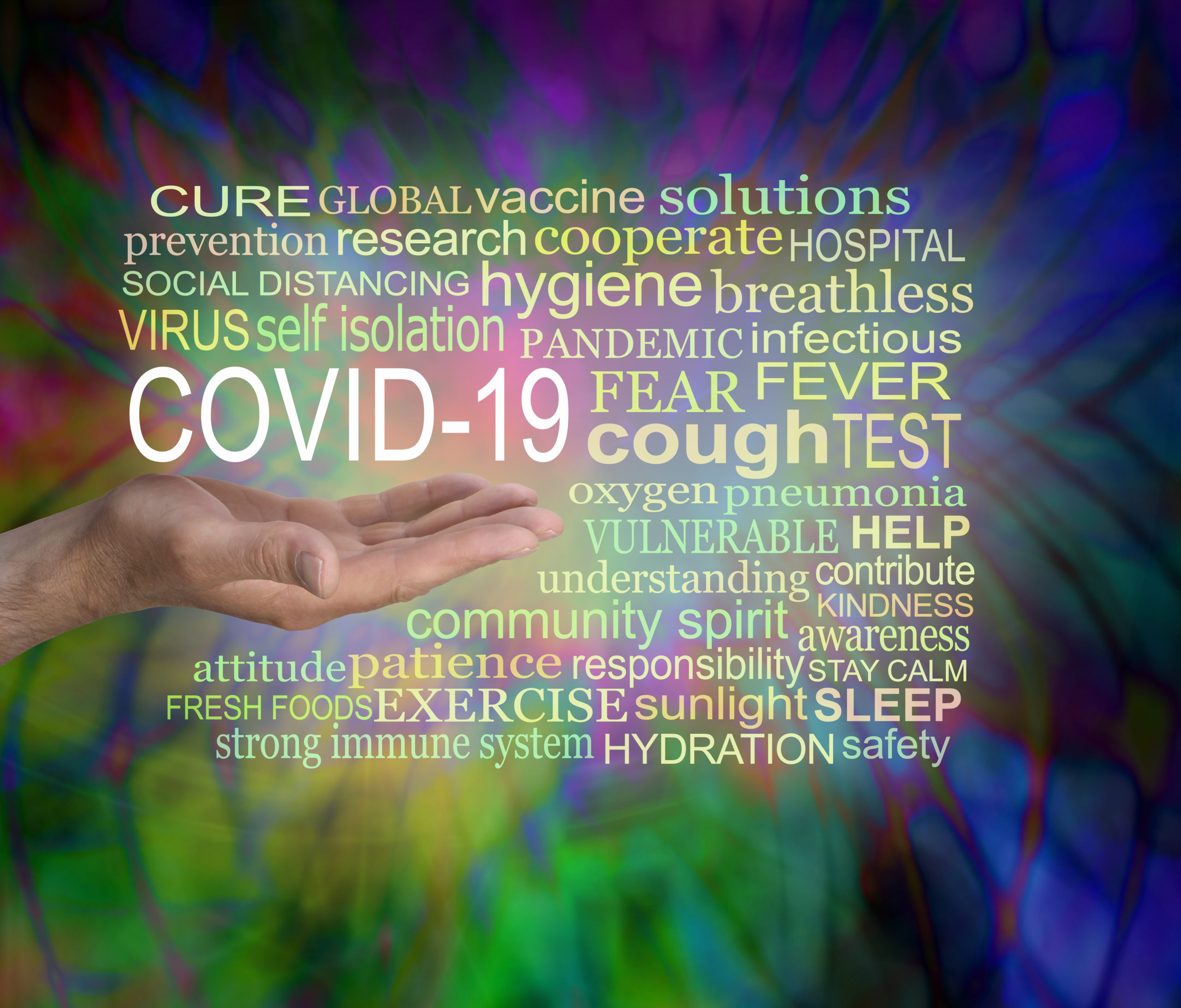But far more serious than a sting like this is a more severe allergic reaction. I saw this news from the American College of Emergency Physicians, and thought it was particularly timely with summer upon us, and kids in camp situations. There are some great tips in recognizing and responding to severe allergic reactions.
Anaphylaxis: Nothing to Sneeze At
Learn to identify the signs of severe allergic reactions and how to help someone
having a potentially life-threatening emergency
Springtime brings heightened allergy and asthma concerns. And while for most people these conditions may be mildly uncomfortable, for others, especially those who may be at risk for anaphylaxis – a severe, life-threatening allergic reaction involving multiple bodily systems – spring may also be a time to exercise caution and restraint.
“Bees and other stinging insects are a particular warm-weather concern for persons who may be at risk for anaphylaxis from insect stings,” said Dr. Linda Lawrence, president of the American College of Emergency Physicians. “That’s why it’s especially important for persons who have had past reactions to insects to avoid getting stung – because even if an initial reaction was mild, subsequent ones can become life-threatening.
“In addition, persons with a personal or family history of allergic conditions, such as asthma, hay fever or eczema, may be more susceptible to anaphylaxis. And persons with asthma and food allergies combined are more at risk for having an anaphylactic reaction to certain foods than are persons who have food allergies but not asthma.”
Another concern is food-dependent, exercise-induced anaphylaxis, a rare condition in which the person can have a life-threatening allergic reaction after eating a specific food and then exercising – “by going for a jog in the park, for example – within a few hours after eating it,” Dr. Lawrence explained. “So it’s important for persons who have ever had such a reaction to avoid eating trigger foods, especially several hours prior to exercising.”
Causes of Anaphylaxis
Anaphylaxis can have a variety of triggers. The most common cause is food, especially peanuts, tree nuts (walnuts, cashews, almonds and others), shellfish, fish, milk and eggs. Food-induced anaphylaxis is estimated to cause about 30,000 visits to the emergency room and between 150 and 200 deaths every year. The venom of stinging insects including bees, hornets, wasps and fire ants is another trigger for some persons. Insect stings cause about 500,000 allergy and anaphylaxis-related emergency visits and at least 50 deaths each year. However, some cases of anaphylaxis have no known case, a condition known as “idiopathic anaphylaxis.”
In addition, latex (rubber) and medications can cause anaphylaxis, particularly drugs in the penicillin family. Other commonly used medications and pain relievers that can trigger anaphylaxis include aspirin, ibuprofen, anesthetics and antibiotics.
Know the Symptoms of Anaphylaxis
An anaphylactic reaction may start off innocently enough, with a tingling or itching sensation or a strange metallic taste. Other common symptoms include hives, a sensation of warmth, trouble breathing or swelling of the mouth and throat. Symptoms may develop within minutes or as long as two hours after exposure, but life-threatening reactions may take up to several hours to appear.
Because exposure to any offending substance can quickly progress to severe anaphylaxis and even death, persons experiencing a combination of the following symptoms are advised to seek emergency care right away:
• Difficulty breathing due to narrowing of airways and swelling of the throat
• Wheezing, coughing or unusual (high-pitched) breathing sounds
• Confusion, slurred speech or anxiety
• Difficulty swallowing
• Swelling of the tongue, throat and nasal passages (nasal and throat congestion)
• Localized edema (or swelling), especially involving the face
• Itchiness and redness on the skin, lips, eyelids or other areas of the body
• Skin eruptions and large welts or hives
• Skin redness (at the site of a bee sting, for example)
• Bluish skin color, especially the lips or nail beds (or grayish in darker complexions)
• Nausea, stomach cramping, vomiting/diarrhea
• Heart palpitations (feeling the heart beating)
• Weak and rapid pulse
• Dizziness, a drop in blood pressure, fainting or unconsciousness, which can lead to shock and heart failure.
In about 20% of anaphylactic reactions, the initial symptoms will go away but then return in a more severe form two or three hours later. This is called a “biphasic reaction,” and it generally affects the respiratory tract.
What To Do During an Anaphylactic Reaction:
• If the person is experiencing anaphylaxis, call 911 immediately.
• If the person is unconscious, lay him or her flat and elevate the feet.
• If available, administer self-injectable epinephrine (e.g., EpiPen, TwinJect), which should be carried by all persons at risk for anaphylaxis.
• Check for a medical tag, bracelet or necklace that may identify anaphylactic triggers. (If latex is a trigger, notify emergency and medical personnel ahead of time so they do not arrive at the scene wearing latex gloves.)
ACEP is a national medical specialty society representing emergency medicine with more than 26,000 members. ACEP is committed to advancing emergency care through continuing education, research and public education. Headquartered in Dallas, Texas, ACEP has 53 chapters representing each state, as well as Puerto Rico and the District of Columbia. A Government Services Chapter represents emergency physicians employed by military branches and other government agencies.
Editor’s Note: Great tips! Another Business of Motherhood tip I’d share is this: I tend to ask parents of first-time playdates if they have allergies. And, if a friend’s allergies are severe enough to require an Epi Pen on hand, I like a tutorial just in case.








Leave A Comment